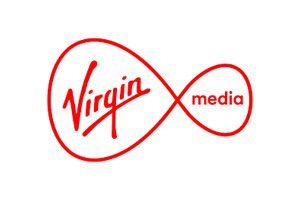Find the cheapest bridging loan deal now
• Instant decisions
• Exclusive deals
• Funds in 24hrs
100’s of developers trust f-ndr





Read our 5* reviews
I really struggled to find an umbrella that would work with my agency so this site was a godsend.
I only recently started working for myself so I found getting a mortgage really hard. F-ndr put me in touch with exactly the right company.
As a slightly clueless first time developer after the pandemic, without F-ndr I wouldn’t have found the right bridging loan for my project.
Our latest bridging loan f-ndr deals
Explore some of our exclusive developer deals